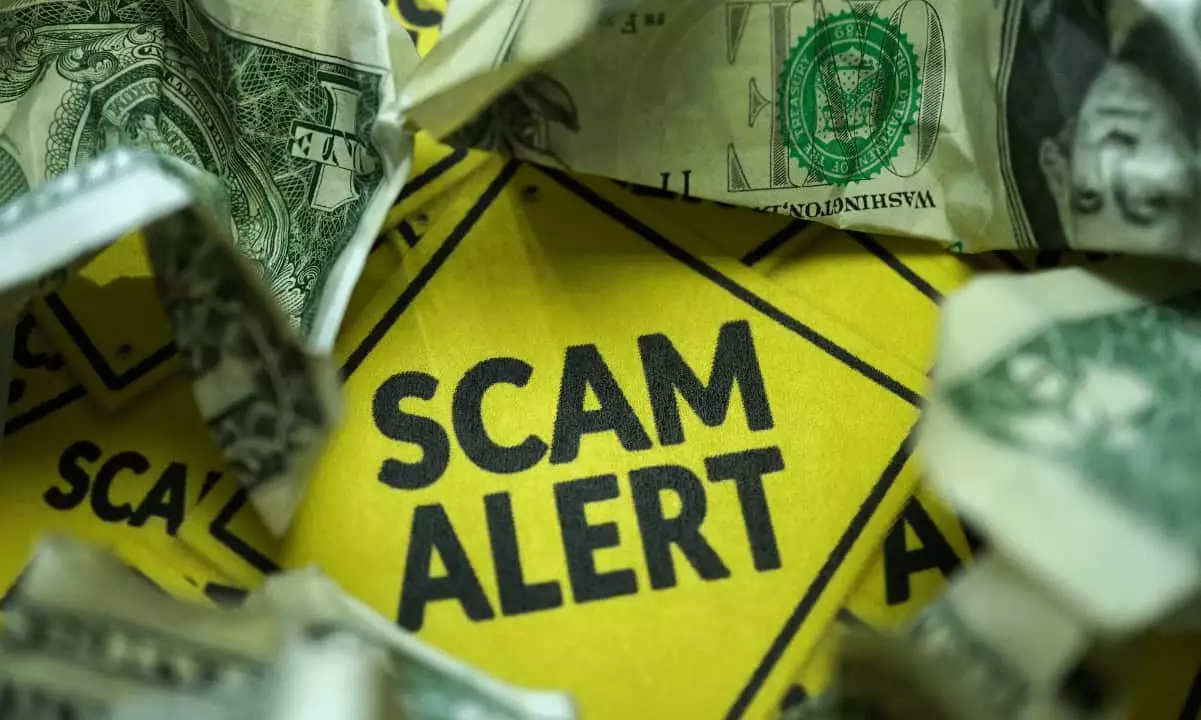In the fast-paced world of cryptocurrencies, scammers are constantly finding new ways to exploit unsuspecting users. Changpeng “CZ” Zhao, the CEO of Binance, recently shared a near-miss scam incident, highlighting the need for increased vigilance. This article will discuss the scam tactic used by fraudsters and provide tips on how to protect yourself in the crypto space.
The Scam Tactic: Address Manipulation
Scammers have become more sophisticated, and their latest weapon involves generating addresses with the same starting and ending letters. This plays on the common practice of users checking the beginning and end of an address when making a transaction. Additionally, some wallets hide the middle part of an address to enhance the user interface, inadvertently aiding the scammers.
The Scam Process
Once scammers generate an address with the same starting and ending letters as the target wallet, they send a small amount of digital assets, known as “dust,” to the victim’s wallet. This tactic is devious because the scam wallet appears legitimate in transaction histories. Users may unknowingly select the scam wallet instead of the intended target wallet, resulting in a loss of funds.
Even experienced crypto operators can fall victim to these scams. CZ shared a recent incident where an operator mistakenly selected the scam wallet for a transaction. Fortunately, the operator noticed the error immediately, allowing Binance to freeze the funds in time. However, reclaiming the frozen funds requires a police report and a swift response.
Protecting Yourself Against Scams
1. Double-Check Address Accuracy: Always review the complete address, not just the beginning and ending letters. Pay attention to any variations in characters or additional letters.
2. Be Wary of Hidden Address Parts: Avoid wallets that hide the middle part of an address, as it can obscure important details. Opt for wallets that display the complete address to minimize the risk of falling victim to scams.
3. Verify Transaction History: Before making a transaction, thoroughly examine the transaction history. Look for any unfamiliar or unexpected transactions to ensure you are selecting the correct wallet.
4. Enable Two-Factor Authentication: Strengthen your account security by enabling two-factor authentication. This adds an extra layer of protection against unauthorized access.
5. Follow Trusted Sources: Stay updated with the latest security practices in the cryptocurrency community. Follow reputable sources, such as exchanges and security experts, to stay informed about potential scams and how to prevent them.
While Binance dealt with this near-miss scam incident swiftly, the Binance native token (BNB) has experienced a separate decline unrelated to the scam. The asset has remained relatively flat since the mid-June dump following the SEC lawsuit. At present, BNB is down 22% since then and 65% from its all-time high.
As scammers continue to evolve their tactics, it is crucial to remain vigilant in the crypto world. The near-miss incident highlighted by CZ serves as a reminder that even experienced individuals can fall victim to sophisticated scams. By adopting proactive measures, such as double-checking addresses, verifying transaction histories, and staying updated with security practices, users can better protect themselves against these fraudulent activities. Remember, fast reaction and informed decision-making are key to thwarting scams and safeguarding your funds in the crypto realm.

